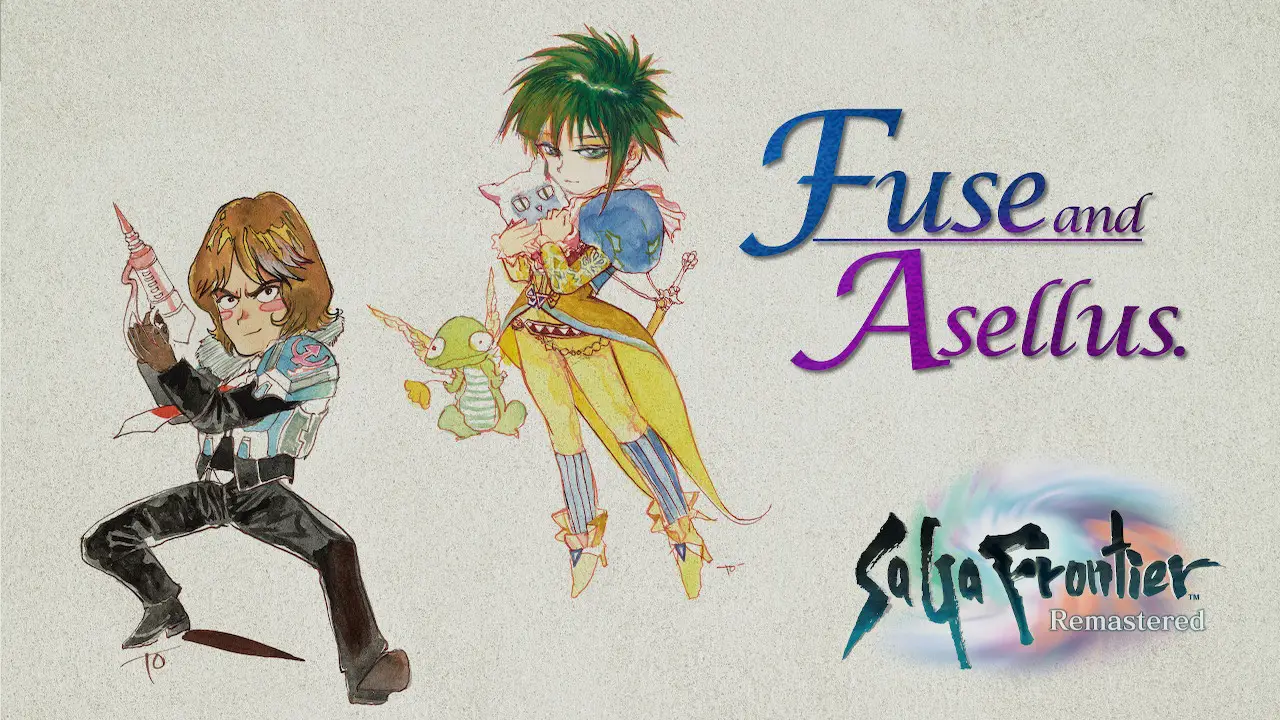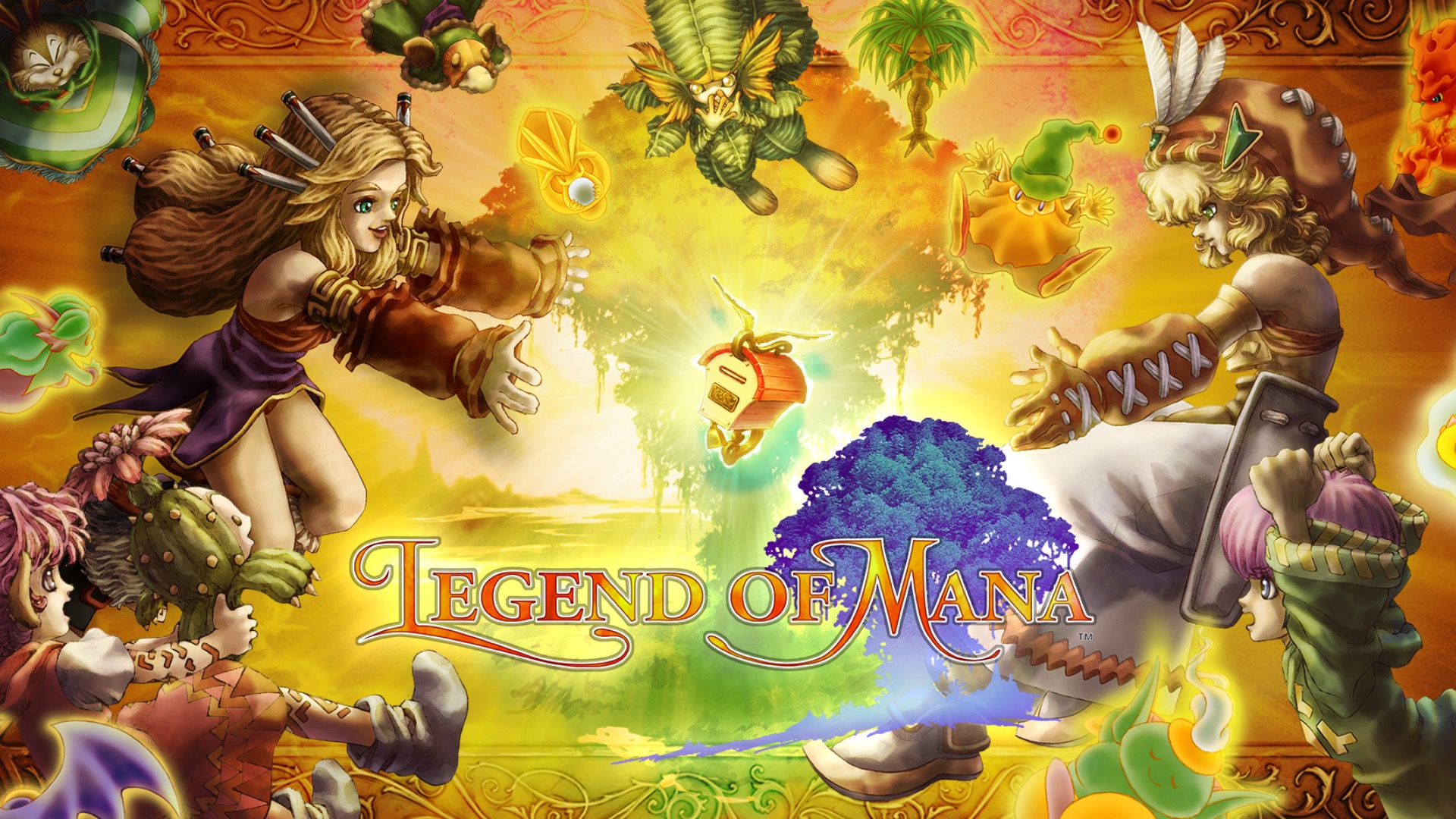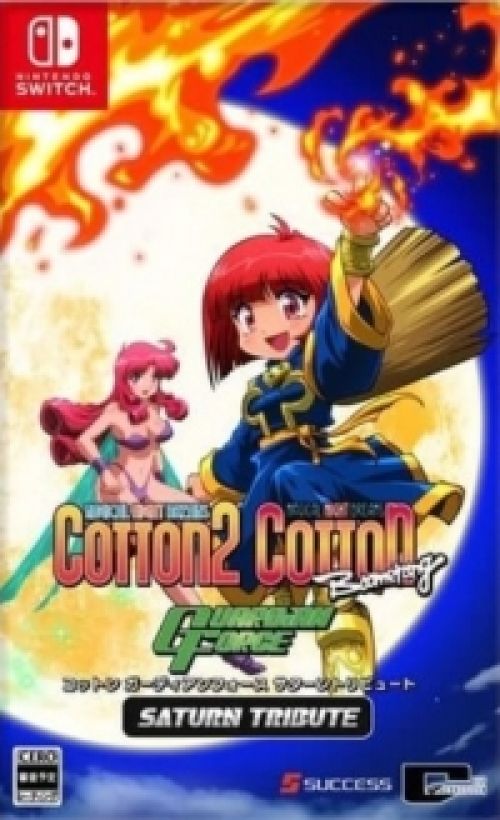

And with Fuse, his entire storyline is present and offers a chance to work with characters you might otherwise not. One involves a new Facinaturu escape method involving Kurenai that was inaccessible in the original game. For example, quests and options were cut from Asellus’ quests. Both Asellus and Fuse are the two stars of that. SaGa Frontier is rather famous for having so much left unsaid even though it is “complete,” and Remastered helps fix that. Pair that with the quick save and so many save slots, and you have plenty of opportunities to properly shape parties and prepare extra saves so you can see every ending.īut what really sets it apart is how much is new here. And, should someone be grinding to spark new abilities or build up stats, that boost helps make that feel less tedious. Especially since there are situations where you can have multiple battles chain one after another simply due to enemy placement in spaces. (For example Mystics using magic and improving their equipment via enemy absorption and strengthening mech characters with items.) But while it isn’t slow by any means, the ability to pick up the pace really helps. We have characters with certain innate strengths and abilities based on their backgrounds. It has a fantastic battle system with SaGa staples like a Spark system to learn new abilities and Life Points. Where the double-speed works best is in SaGa Frontier Remastered’s battles. Though honestly, the standard pace when moving through the world and size of areas meant I didn’t find much use for that.


There’s a quick save system and you can save at any time, you have a library to check, and the ability to speed things up while battling or exploring is helpful. Indicators are everywhere, showing exactly where entrances are or things you should pay attention to. The combination of traditional character sprites against pre-rendered backgrounds works well, with both looking crisp and vibrant on the Nintendo Switch. And while the Free-Form Scenario System does give you opportunities to explore and there are chances to forge your own path, someone can always pop into the Story section of the menu to get a hint about what to do next.Īnd as you’d expect from a remaster, SaGa Frontier Remastered looks, runs, and sounds great on modern systems. Characters’ stories can have multiple endings, like Asellus’, Blue’s, and Emilia’s. They explore concepts like accepting yourself, what justice and revenge really mean, and determining your place in the world. Honestly, these stories are a highlight and have a tremendous amount of depth to them. Then you have characters like Lute, whose story can be illuminating about other routes, and Fuse, whose story is best experienced after spending time with everyone else. I’d recommend saving Asellus’ story for somewhere near the end, even though it is the original tale with the most new content, due to the number of choices you have to potentially make and things to unlock. Finding out more about the mech T260G and their mission or helping Riki collect rings to save his home. Each one has its own depths and unique qualities, though every player might find themselves connecting with different ones due to personalities or progression.įor example, Emilia’s quest to find the man who murdered her police officer fiancé is fairly straightforward and might feel more linear than others, even with it having multiple endings. You might even find some characters’ stories help explain things about others. A protagonist in one can make a cameo and be recruited in another. When people first begin the game, Asellus, Blue, Emilia, Lute, Red, Riki, and T260G stand before you. Like many SaGa games, there is more than one story told here. That, combined with quality of life adjustments and visuals that aged surprisingly well, makes for quite a treat. With SaGa Frontier Remastered, it reemerges at a time when people are more welcoming of unorthodox methods of progression and storytelling and with cut content restored. One could call it something of an experiment due to the way it handles both scenarios and its story, and rightfully so.

When SaGa Frontier debuted back in 1997, it ended up being both a game ahead of its time and one that didn’t get the treatment it deserved.


 0 kommentar(er)
0 kommentar(er)
